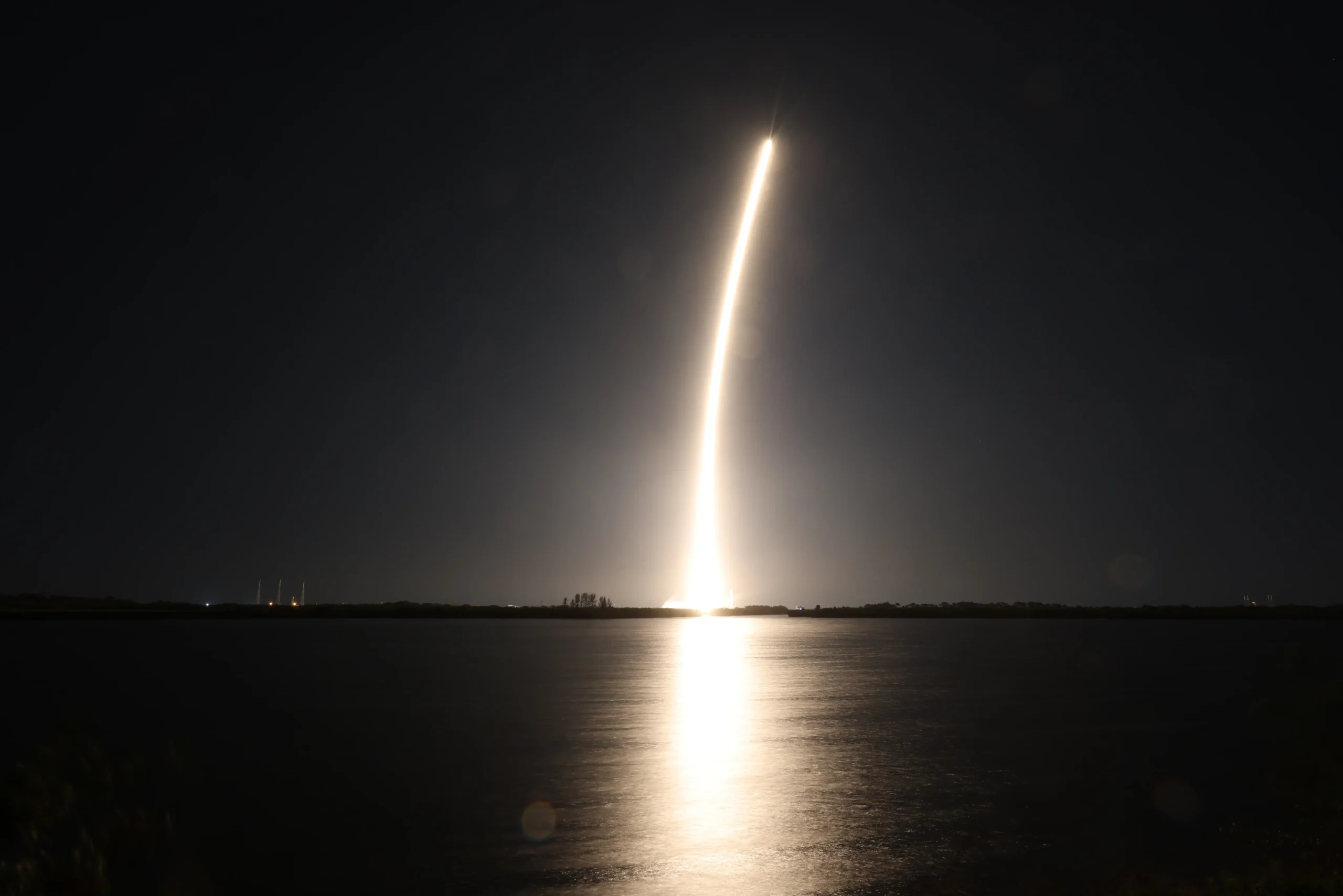NASA’s latest mission takes science and innovation to lunar heights, marking a pivotal step for future space exploration.
Key Points at a Glance
- NASA’s partnership with Firefly Aerospace and SpaceX successfully launched lunar science and technology payloads.
- The mission aims to test critical technologies for future Artemis moon missions and lunar resource utilization.
- Payloads include the Lunar Surface Electromagnetics Experiment and a mini rover prototype.
- This marks another milestone in NASA’s commitment to sustainable lunar exploration.
In a groundbreaking mission, NASA has successfully launched an array of scientific instruments and technology demonstrations to the Moon. Partnering with Firefly Aerospace and SpaceX, the mission is part of NASA’s Commercial Lunar Payload Services (CLPS) program, designed to advance lunar exploration and pave the way for Artemis missions.
“This launch represents a significant step toward building a sustainable presence on the Moon,” said Dr. Sarah White, a senior NASA scientist involved in the mission. “The data and insights gathered from these experiments will shape the future of space exploration.”
The payloads include the Lunar Surface Electromagnetics Experiment (LuSEE), which will study the Moon’s electromagnetic environment and help researchers understand its mysterious surface charging phenomena. Another highlight is the deployment of a prototype mini rover, designed to scout for resources such as water ice and test autonomous navigation systems essential for lunar habitats.
Other instruments will analyze lunar regolith’s thermal properties and test advanced communications systems critical for future crewed missions. “Each of these payloads represents a building block for Artemis,” said mission engineer Alex Torres.
Firefly Aerospace’s Blue Ghost lander carried the payloads to the Moon, while SpaceX provided the launch vehicle. This collaboration reflects NASA’s growing reliance on commercial partners to achieve its ambitious goals. By leveraging private sector innovation, NASA is accelerating the timeline for establishing a sustainable lunar presence.
These experiments are not only significant for scientific discovery but also crucial for enabling human missions under the Artemis program. NASA’s Artemis III mission aims to return astronauts to the lunar surface by 2025, with the ultimate goal of establishing a base camp.
This mission underscores NASA’s commitment to innovation and collaboration in space exploration. As data from these payloads are analyzed, the findings will inform not just lunar missions, but also broader efforts to explore Mars and beyond. “The Moon is our stepping stone to the cosmos,” said Dr. White. “This mission is a testament to human ingenuity and the power of partnership.”
